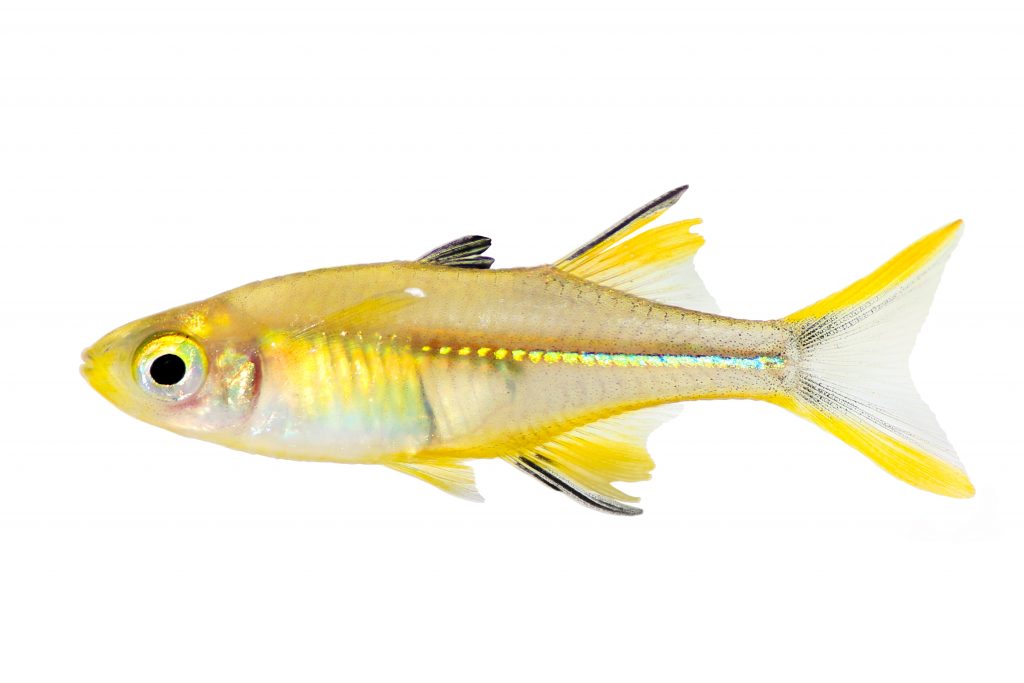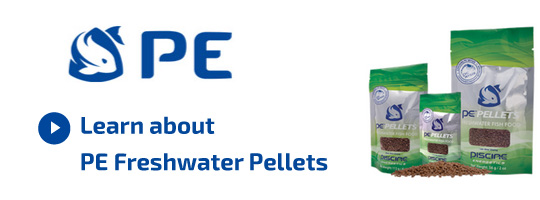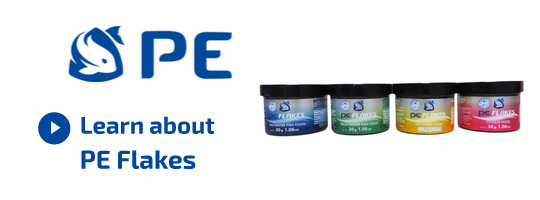Rainbowfish Species
Rainbowfish are all found in the family Melanotaeniidae, and are found in Australia, New Guinea and some parts of Indonesial They are so named due to their bright colors and flashy appearance. They are in general small fish, that are typically found in schools. Rainbowfish are popular aquarium inhabitants due to their bright colors, good demeanor and overall ease of care.
The Bosemani Rainbow (Melanotaenia bosemani) is one of the most commonly sold species or cory cat. Other common species include Praexoc Rainbow (Melanotaenia praecox), Axelrodi Rainbow (Melanotaenia axelrodi), Red Irian Rainbow (Glossolepis incisis) and the Threadfin Rainbow (Iriatherina werneri).
Biology
Rainbowfish are typically small fish, with most ranging between 2.5” (6cm) and 5” (12cm), though several species can get a little larger. Rainbowfish live in a wide array of freshwater habitats, ranging from lakes and swamps, to rivers and estuaries. They are generally considered omnivorous fish, with a tendency towards eating small invertebrates and crustaceans. Rainbowfish are known to breed year-round, however most spawning effort is concentrated during the rainy season.
Captive Care
Rainbowfish can make great aquarium inhabitants, provided their husbandry needs such as diet, water quality and tank space are met. Rainbowfish are active swimmers and do best in groups.
Interestingly, Rainbowfish will commonly hybridize with similar species in captivity, so it is advisable to only keep one species of Rainbowfish per tank if breeding is the goal. Rainbows are typically considered good members of community tanks, particularly with other peaceful species.
It is important to consider carefully what species of cory may be best for your aquarium. While smaller species such as the Celebes Rainbow (Telmatherina ladigesi) are suited to tanks as small as five gallons, larger species such as the Red Irian Rainbow (Glossolepis incisis) may be better suited to a larger tank.
Suggested Piscine Energetics Products
We suggest a diet based on Piscine Energetics Frozen Mysis, Piscine Energetics Frozen Calanus, Piscine Energetics Pellets (1mm and 2mm) and Piscine Energetics Freshwater Flakes.
What People Say
After feeding my seahorses your mysis for about 3 months; they are fat and happy!!! they give me baby seahorses (at least 300 ) each 14 days... So I'm very satisfied of your mysis.The frozen mysis is about 70 per cent of their diet.
Yvan Charbonneau Quebec
I am keeping these Indian mudskippers -- very cute -- about 3-4 inches long. I've been feeding them frozen bloodworm, and decided to try them on mysis. I feed them in a "shallows" in the 150 I have set up for them. The minute the mysis hit the water they were on it, frozen and all. They gorged until their little bellies were almost bursting. I have yet to see an aquatic creature that does not go absolutely nuts over PE Mysis.






